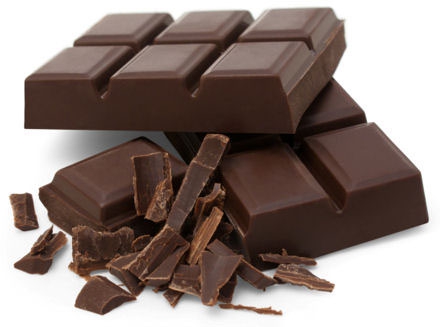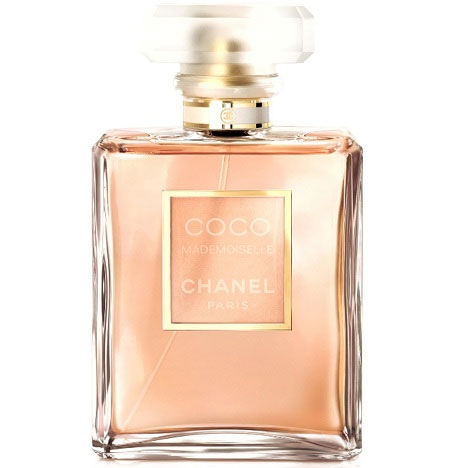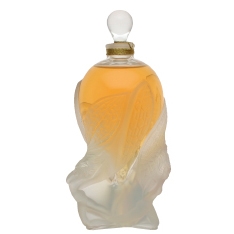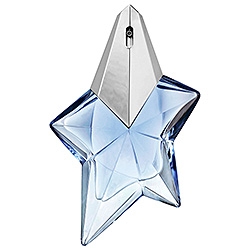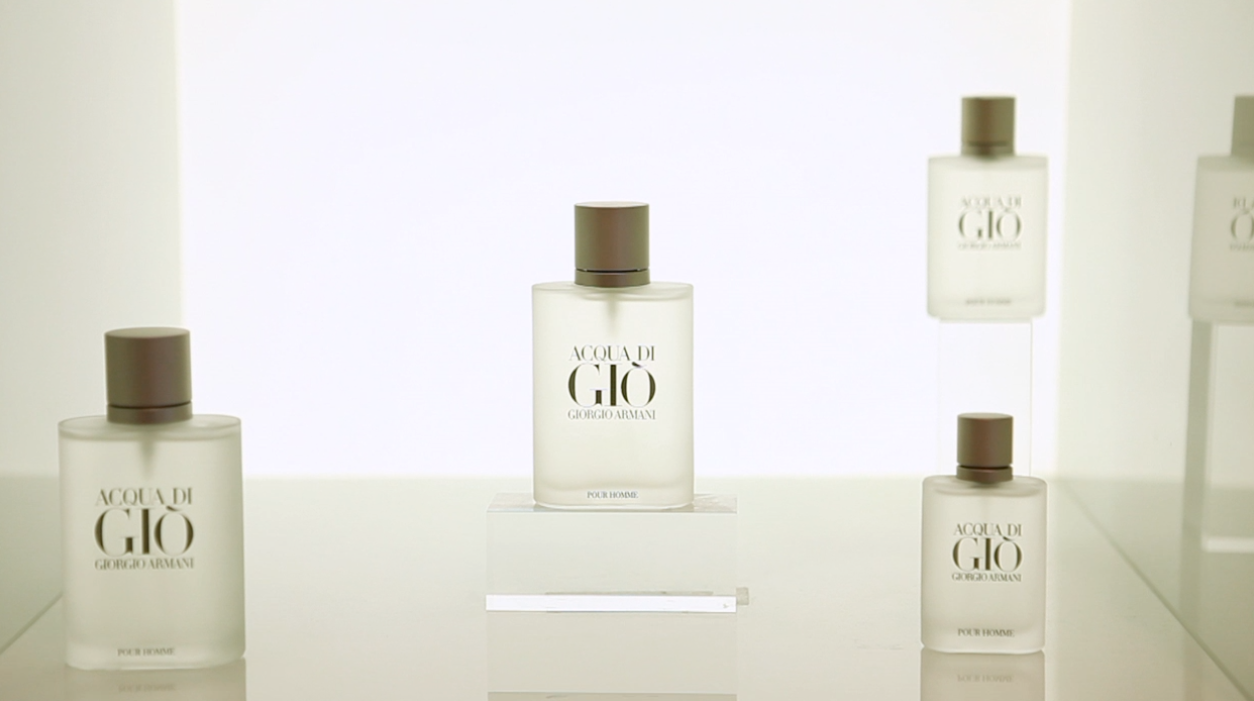Raw materials
The raw materials are the key ingredients used in the creation of a perfume. Whether natural or synthetic, they are the perfumer’s palette, and are combined to produce an original creation. The perfumer can choose between 4,500 different raw materials, and the possible combinations are endless… Read on to find out all about the history of the main raw materials, as well as how they are extracted, and their olfactive qualities.

Floral
"The natural quality of floral notes means their use in women's fragrances is both pleasant and essential. The various sweet-smelling flowers in this family help perfumes..."
See the fragrances
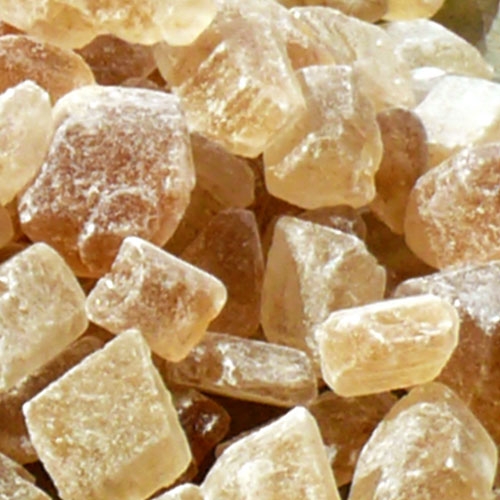
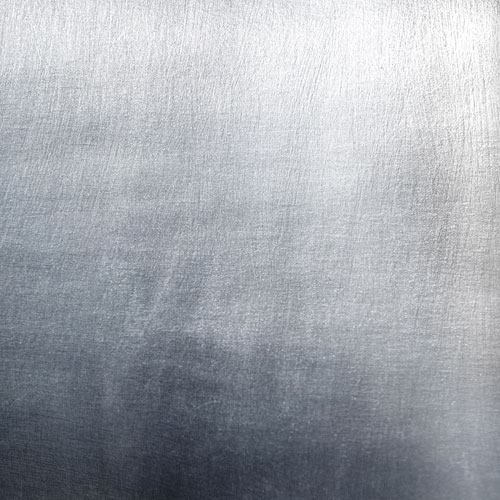
Aldehyde
"Most aldehydes are synthetic chemical bodies with a very strong odor with a slight fatty note. They give body, shine and vapor to the perfume."
See the fragrances
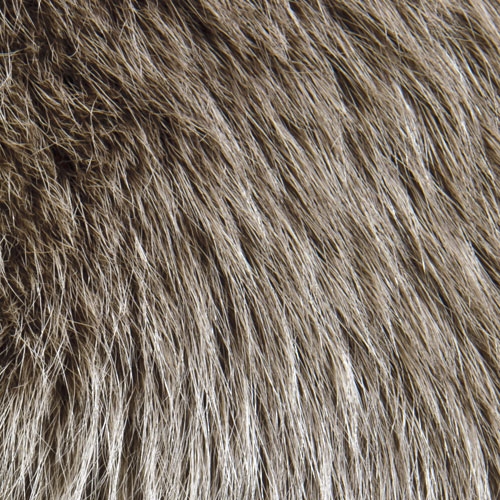
Animal
"Because of their sensuous quality, animal notes are essential ingredients in today's fragrances. They are much appreciated for their fixative properties.
Synthetic..."
See the fragrances

Aquatic
"A newcomer in the olfactive world of perfumery, the aquatic note evokes waterfalls, the ocean or the wind. It is transparent, fresh, natural and very persistent. This..."
See the fragrances
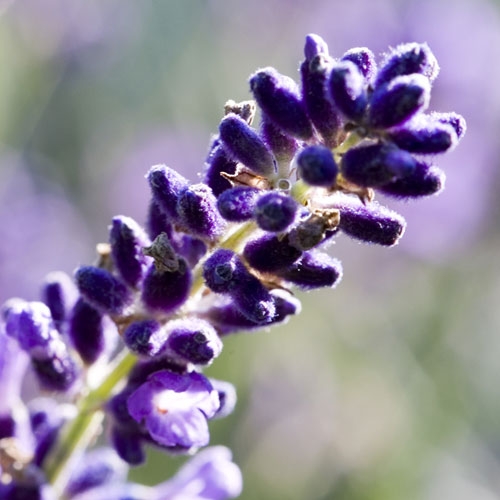
Aromatic
"Lavender, rosemary and armoise characterize this olfactive family. These notes give fragrances a virile and energetic quality and are mainly used to make men's..."
See the fragrances
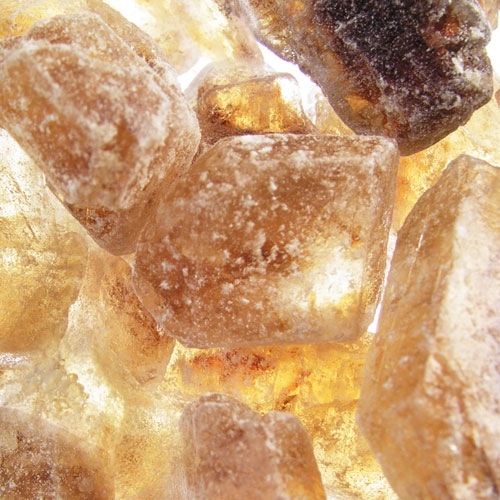
Balsamic
"Vanilla, benjamin and balsam tolu are the chief constituents of this family.
Their sweet and woody odor is often combined with oriental notes.
Tolu and benjamin are..."
See the fragrances
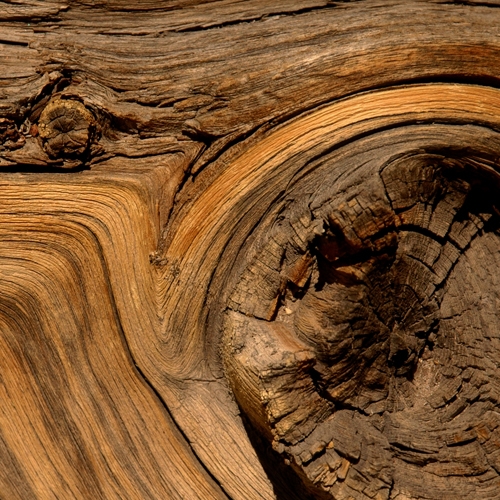
Wood
"This great olfactive family is characterized by Virginia cedar, Gaiac wood, pine essence, patchouli, sandalwood, and vetiver."
See the fragrances
Leather
"Whether natural or synthetic, leather is one of the oldest notes in perfumery. It has a sweet (styrax), smoked or tar-like (birch) smell and is often combined with..."
See the fragrances
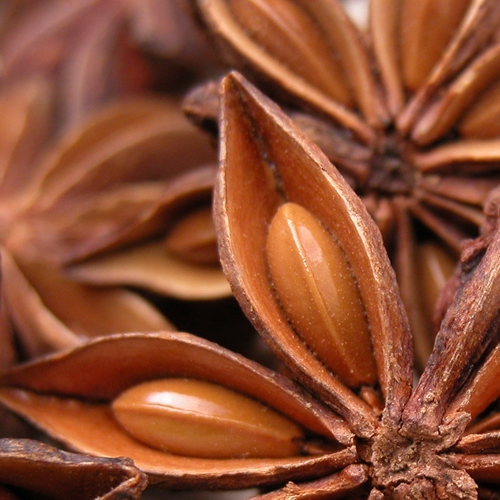
Spice
"Spices commonly used for cooking belong to this family, as well as floral notes such as carnation. Both give character, warmth and body to fragrances."
See the fragrances
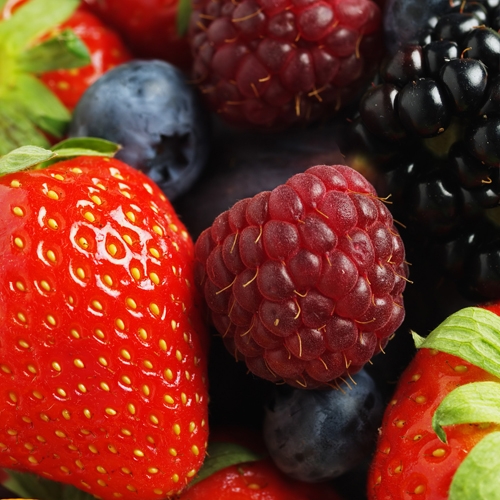
Fruity
"Fruity notes in fragrances are currently very popular. They convey modernity and originality. Most of them are obtained synthetically, with melon, peach and apple the..."
See the fragrances
Herbaceous
"Basil, mint and marjoram are regarded as herbaceous notes. They are specifically used in men's cosmetics because they give a fresh, clean and uplifting feel to..."
See the fragrances
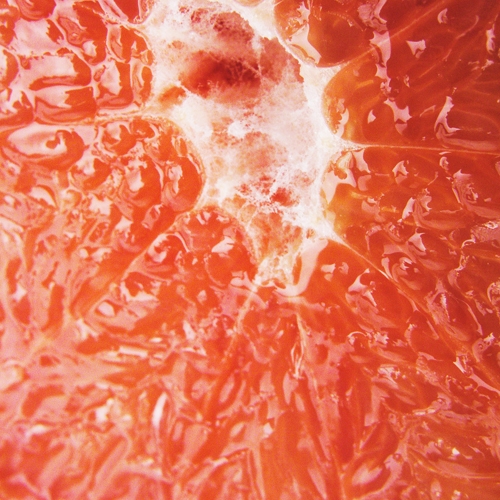
Hesperide
"The Hesperide (citrus) family consists of essential oils obtained by cold expression of the peel of fruit such as bergamot, lemon, orange, and tangerines, combined with..."
See the fragrances
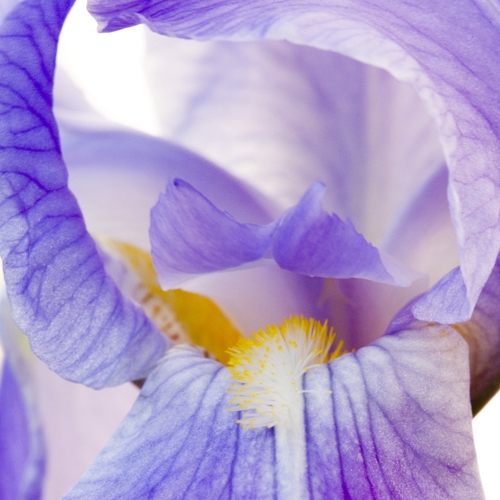
Iris
"This very elegant family consists of violet notes in general, along with more subtle notes such as orris, which is much appreciated by perfumers for composing prestige..."
See the fragrances
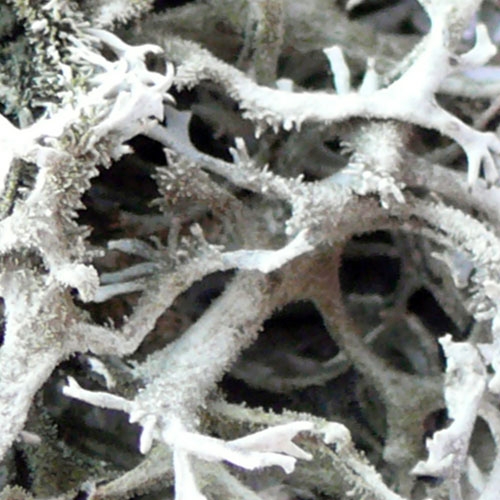
Moss
"This tone evokes the smell of forests and undergrowth. Oak moss is the essential element of the chypres. It gives substance, warmth and richness to fragrances."
See the fragrances
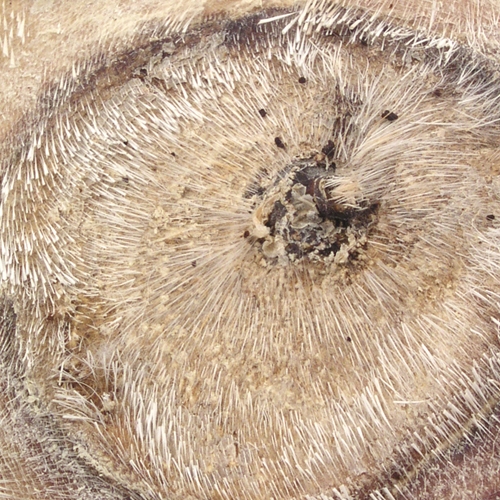
Musk
"In tincture form (distilled in alcohol), the natural substance originally obtained from the fawn has been replaced today with synthetic products.
Musk is essential to..."
See the fragrances
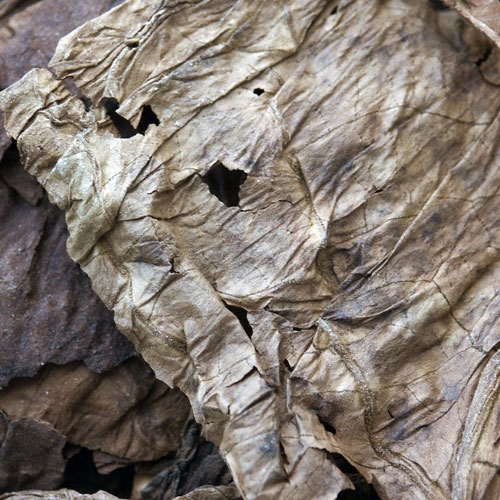
Tobacco
"Sweet, woody-powdery and honeyed notes are the properties of the tobacco family. These notes give silkiness and richness to fragrances."
See the fragrances
Green
"The green family became very fashionable from the mid-20th century. Many fragrances qualified as "green" derive from galbanum, a natural substance. The green note is..."
See the fragrances
